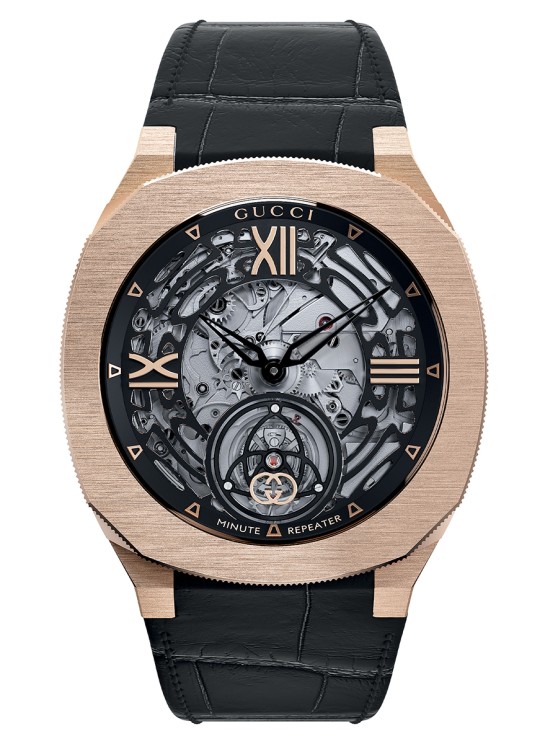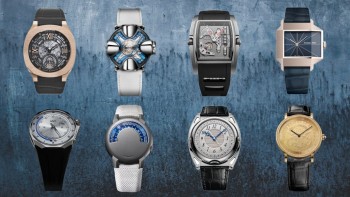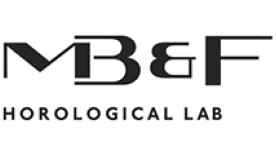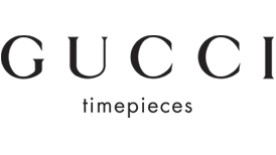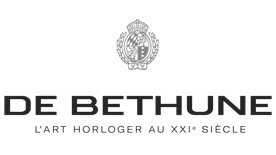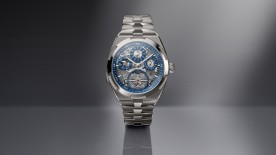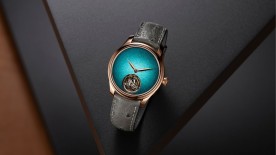We’ve come a very long way from the timid and stagnant watch industry of the past. Today, manufacturers are fearless, unafraid to shake up traditions. The result is an incredibly rich variety of timepieces, with designs becoming more original and drawing inspiration from the best every era, period, and movement has to offer. While the 1970s continue to exert a strong pull on today’s designers, influences from the 1930s, 1950s and 1960s are just as prevalent, allowing us to explore history through some of the latest releases.
In the 1930s, Art Deco was at its height. Jaeger-LeCoultre launched the iconic Reverso, instantly recognisable by its reversible case. This model has clearly inspired De Bethune’s DB Kind of Two, a watch with a reversible case that offers two distinct dials.
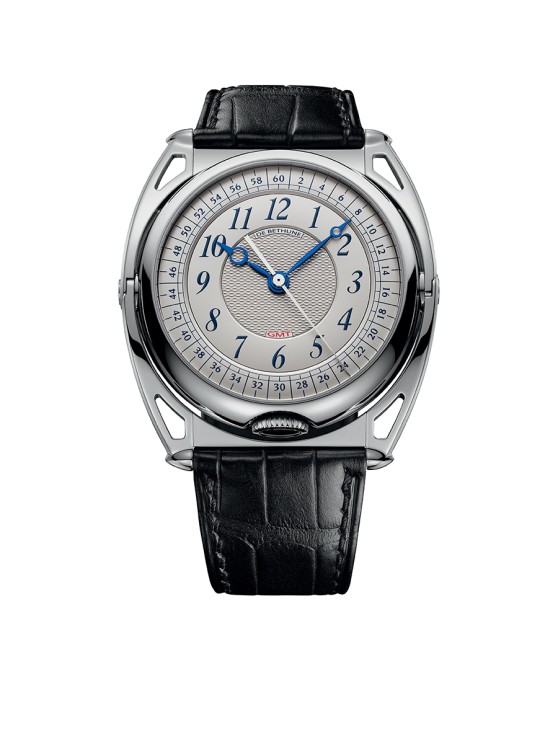
Fast forward two decades, and the 1950s emerge as a pivotal period for architecture. Audemars Piguet’s (RE)Master02, released this year, features an asymmetrical case that pays homage to Brutalism, crafted in a unique kind of gold. This new alloy, somewhere between white and pink, has a warm grey tone that the brand calls “sand gold.”
![[RE]Master02 en or sand, 41 x 41 mm, mouvement automatique, bracelet en cuir. Série limitée à 250 exemplaires. Audemars Piguet. CHF 41'100.- © Audemars Piguet](/sites/default/files/styles/max_744/public/2024-10/79156.1.jpg.jpeg?itok=ab6XzJa7)
MB&F also draws on this era with its HM11 Architect, the latest “horological machine” inspired by the whimsical architecture of the time. It resembles a building in miniature, featuring four separate “rooms” connected in the centre by a tourbillon. One of its four dials measures temperature.
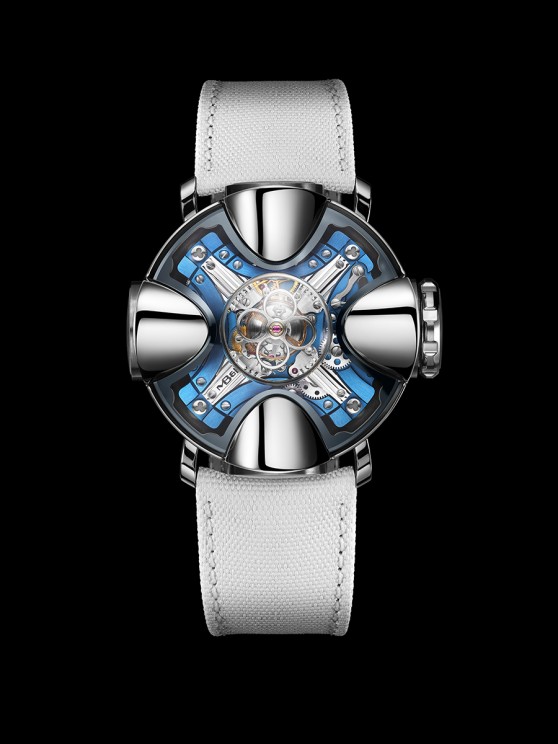
On the cusp of the 1960s, in 1957, the Soviet Union launched Sputnik 1, the first artificial satellite to orbit the Earth. The Urwerk UR-102 “Reloaded” takes inspiration from its rounded UFO aesthetic.
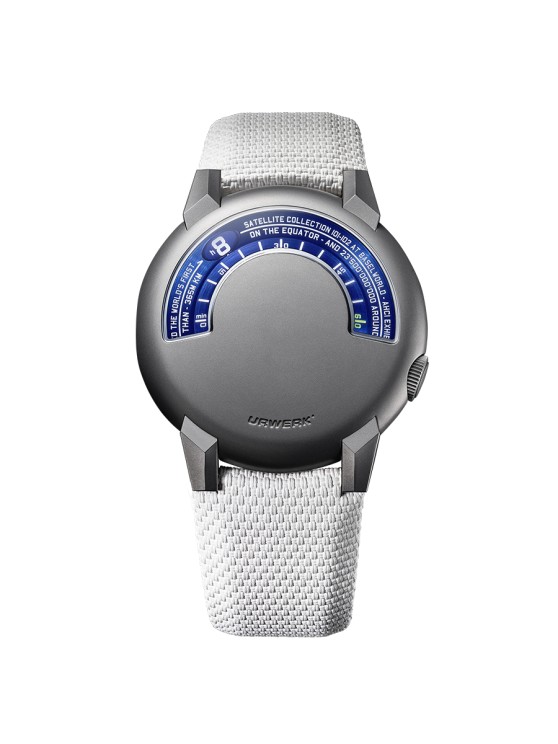
Corum, meanwhile, remains true to one of its classics – the coin watch. The dial of this timepiece is an actual coin, a concept patented in 1964, with the first model debuting at the Basel Fair in 1965. Known today as the Heritage Coin, this watch has stood the test of time, standing as testament to Corum’s unceasing creativity.
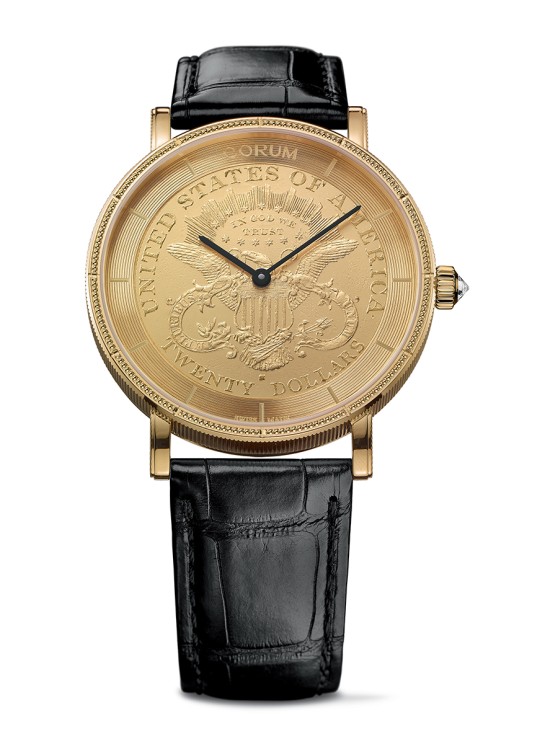
At the dawn of the 1970s everything seemed possible and nothing was too extravagant. Shapes became more varied, and the octagon made its horological debut courtesy of Audemars Piguet, which launched the Royal Oak in 1972. HYT’s T1 Series, crafted in titanium, also embraces this groundbreaking polygon.
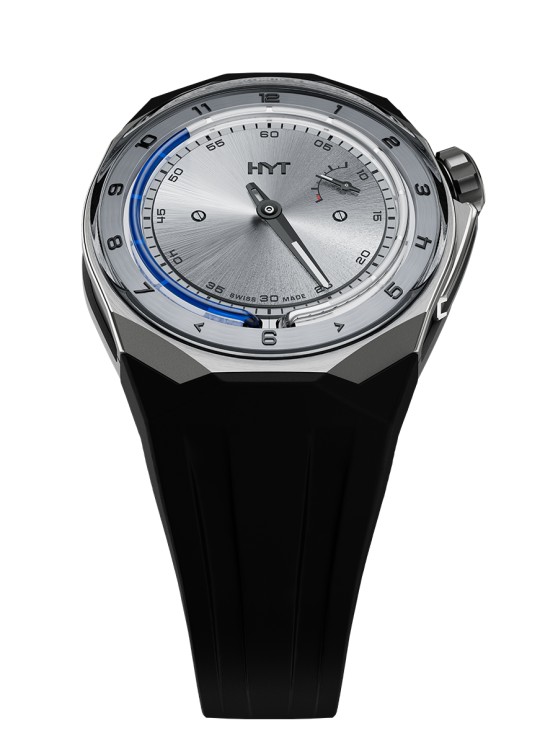
Another distinctively 1970s shape is the altered rectangle, seen in the Cyrus Kambys, where each lug is formed by two angular plates joined together.

The 1970s also brought an explosion of psychedelic styles rich with colour, movement and optical illusions. These effects are evident in the openworked dial of the Gucci 25H, which features a complex pattern created using cymatics – an art form that uses sound waves to generate shapes and patterns. In this case, the sounds are produced by hammers striking the chimes of a minute repeater, which are translated into waves, and then into intricate designs. This extraordinary interplay between sonic alchemy and visual splendour marks Gucci’s confident entrance into haute horlogerie, underpinned by psychedelic effects. It exemplifies the bold creativity of today’s watch industry, which continues to reinvent itself and adapt to changing trends. No, watchmaking is anything but stagnant!
